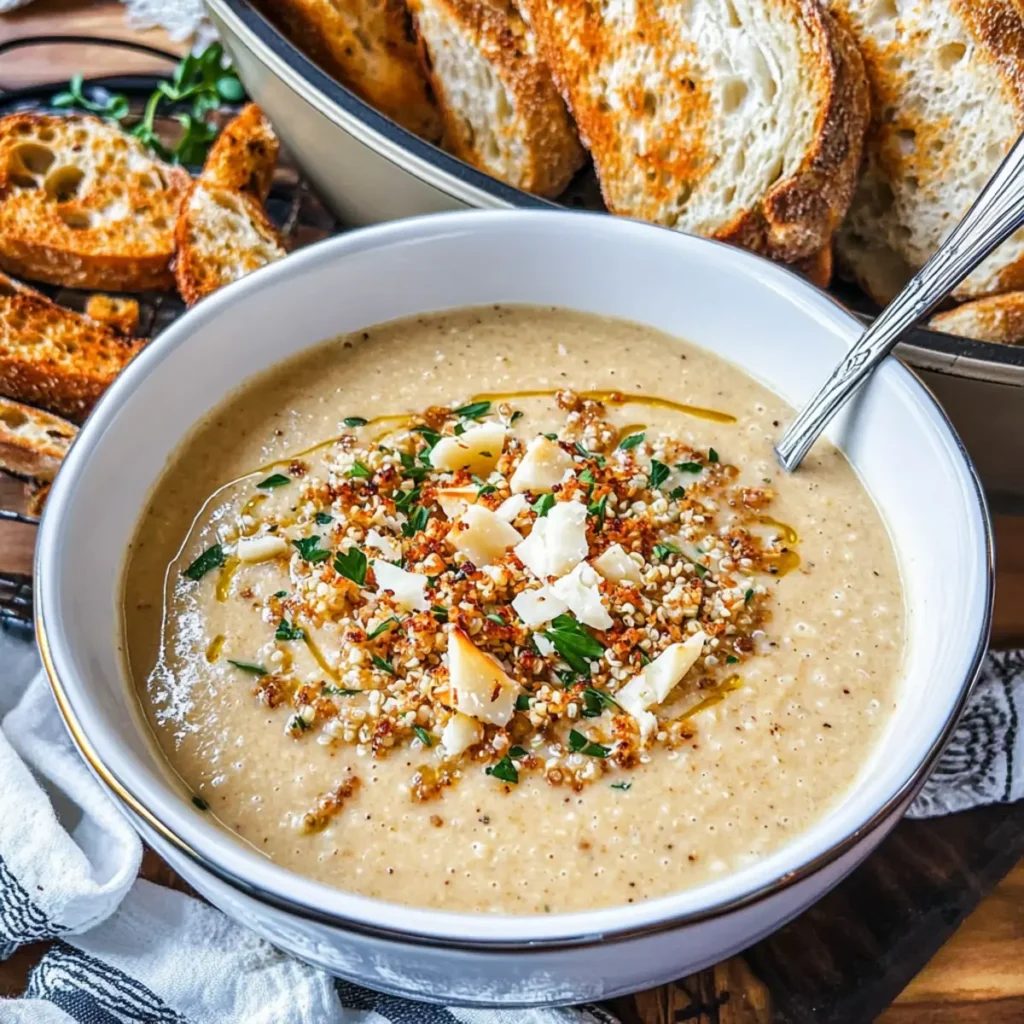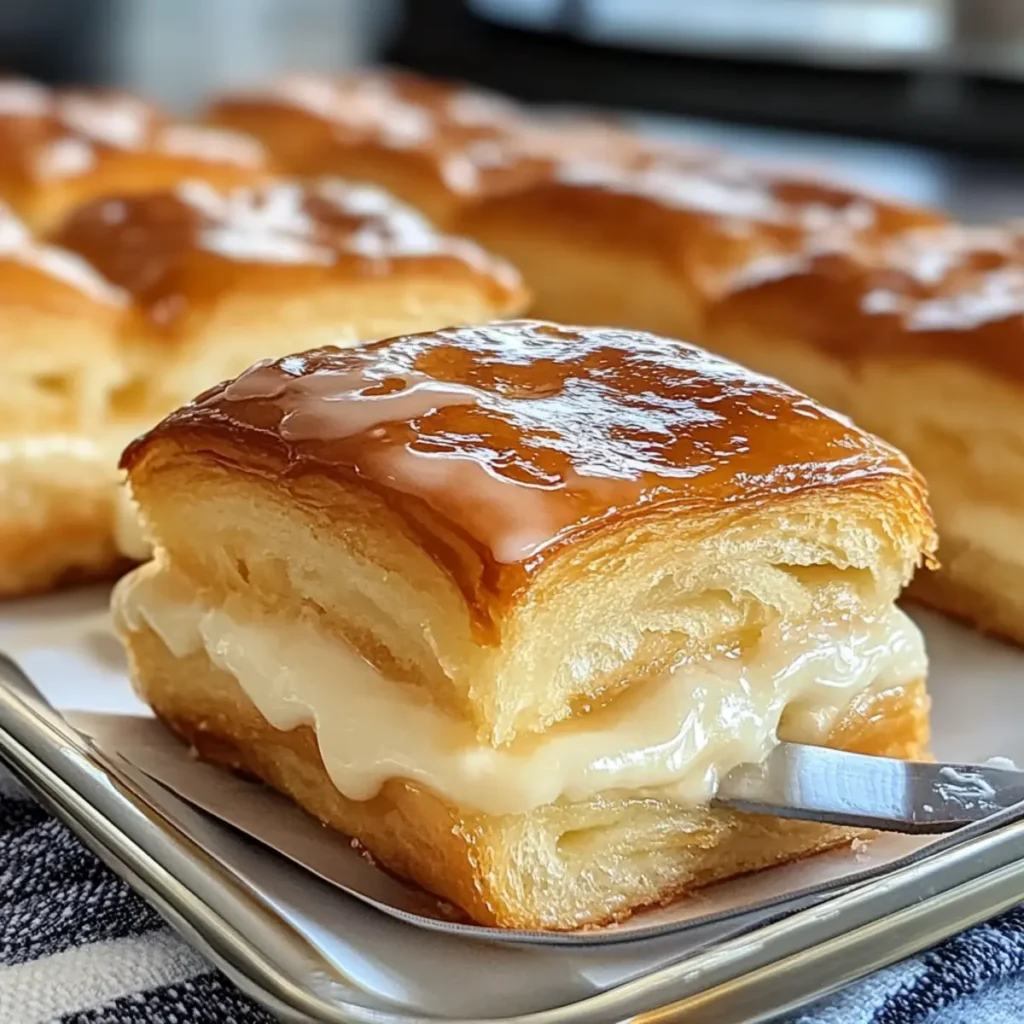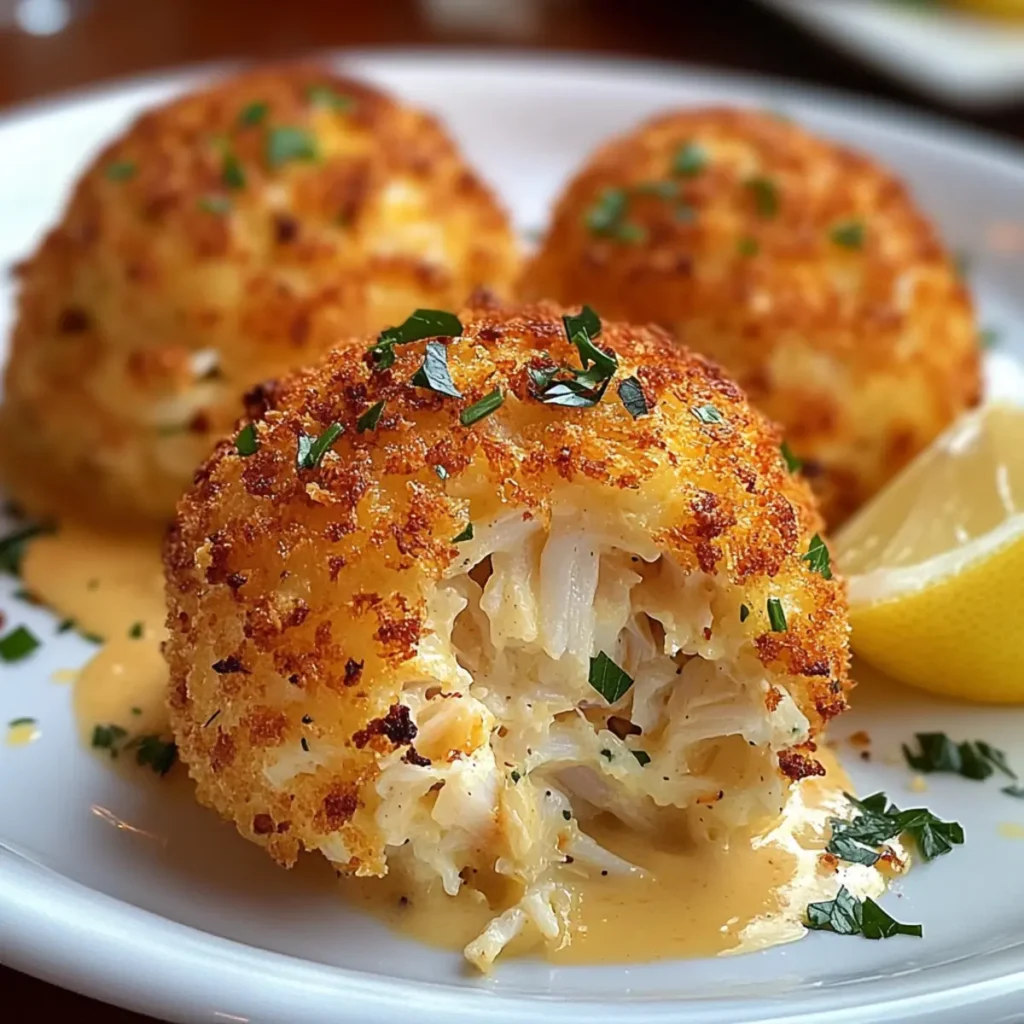In the realm of snacks, few items have stood the test of time and taste quite like peanut butter crackers. These light, flaky, and irresistibly buttery treats have graced our snack tables and kitchen pantries for generations, offering a perfect balance of simplicity and flavor. From the iconic Ritz to the understated elegance of Club Crackers, butter crackers have evolved into a staple of culinary delight, versatile enough to be enjoyed on their own or as a base for an array of toppings.
In this exploration, we delve into the rich history and variety of butter crackers, uncovering their origins and the reasons behind their enduring popularity. We also navigate through the practical aspects of these beloved snacks, from finding suitable substitutes for classic Ritz crackers to understanding their nutritional profile. Whether you’re a health-conscious eater or a snack aficionado, the world of butter crackers has something to offer for everyone’s palate. Join us as we celebrate this humble yet iconic snack, a testament to the simple joys of tasting and savoring.
Types of Peanut Butter Crackers
Peanut butter crackers are a beloved snack enjoyed by many for their delightful combination of savory and sweet flavors. They come in various types, each offering a unique taste and texture experience. Here’s a look at some of the popular types of peanut crackers available:
Pre-Packaged Peanut Butter Cracker Sandwiches
- These are convenient, ready-to-eat snacks where peanut butter is sandwiched between two crackers.
- Popular brands include Lance’s ToastChee, Ritz Bits Peanut Butter, and Austin’s Peanut Butter Crackers.
- They often come in both regular and whole grain varieties.
Homemade Peanut Butter Crackers
- For those who prefer a DIY approach, spreading natural peanut butter on your favorite crackers is a simple way to enjoy this snack.
- This option allows for control over the quality and type of peanut butter and crackers used, catering to health preferences or dietary restrictions.
Peanut Butter Filled Bite-Sized Crackers
- These are small, bite-sized crackers filled with peanut butter, perfect for snacking on the go.
- Examples include Trader Joe’s Peanut Butter Filled Pretzels or Annie’s Organic Peanut Butter Mini Crackers.
Gluten-Free Peanut Butter Crackers
- Catering to those with gluten sensitivities, these crackers are made with gluten-free ingredients.
- Brands like Mary’s Gone Crackers and Glutino offer peanut butter crackers that are both delicious and gluten-free.
Gourmet or Artisanal Peanut Butter Crackers
- These crackers are often made with high-quality ingredients and unique flavor combinations.
- They might include organic, non-GMO ingredients or feature exotic types of peanut butter, like honey-roasted or spicy peanut butter.
Low-Carb/Keto Peanut Crackers
- For those following a low-carb or ketogenic diet, these crackers are made with almond flour or other low-carb alternatives.
- They provide the satisfaction of peanut butter crackers without the high carbohydrate content.
Each type of peanut butter cracker offers a different experience in terms of flavor, texture, and nutritional value, making it easy to find one that suits your taste and dietary needs. Whether you’re looking for a quick snack, a health-conscious option, or a gourmet treat, there’s a peanut butter cracker out there for you.
For more on the nutritional benefits of peanut butter, check out Healthline’s article.
Crackers for Peanut Butter Recipe
Making your own crackers for peanut butter is a delightful and rewarding baking project. Homemade crackers are not only fresher and tastier but also allow you to control the ingredients, making them healthier. Here’s a simple recipe to create your own crackers perfect for pairing with peanut butter.
Ingredients:
- 2 cups all-purpose flour (for a healthier version, use whole wheat flour)
- 1 teaspoon sugar
- 1 teaspoon salt
- 2 tablespoons unsalted butter, cold and cubed
- 6-8 tablespoons water (adjust as needed)
- Optional: 1 teaspoon of your favorite herbs or spices (like rosemary, thyme, or garlic powder) for added flavor
Instructions:
- Preheat Oven: Set your oven to 450°F (230°C). Line a baking sheet with parchment paper.
- Mix Dry Ingredients: In a large bowl, whisk together the flour, sugar, and salt. If you’re using any herbs or spices, add them now.
- Cut in Butter: Add the cold, cubed butter to the flour mixture. Using a pastry cutter or your fingers, work the butter into the flour until the mixture resembles coarse crumbs.
- Add Water: Gradually add water, one tablespoon at a time, mixing until the dough comes together. You may not need all the water, so add it slowly until the dough is not too sticky and holds together.
- Roll Out Dough: On a lightly floured surface, roll out the dough to your desired thickness, ideally about 1/8 inch thick for a crisp cracker.
- Cut into Shapes: Use a knife or cookie cutter to cut the dough into your desired shapes. Prick each cracker with a fork to prevent puffing during baking.
- Bake: Place the crackers on the prepared baking sheet. Bake for 12-15 minutes or until the edges are lightly golden.
- Cool: Remove the crackers from the oven and let them cool on the baking sheet for a few minutes, then transfer to a wire rack to cool completely.
- Serve: Enjoy your homemade crackers with peanut butter or your favorite spreads and toppings.
Tips:
- Thickness: Thinner crackers will be crisper, while thicker ones will be more substantial.
- Storage: Store the crackers in an airtight container to keep them crisp.
- Flavor Variations: Feel free to experiment with different flavors by adding various herbs, spices, or even grated cheese to the dough.
Enjoy your homemade crackers with a spread of creamy or crunchy peanut butter for a satisfying snack!
Choosing the Right Crackers for Peanut Butter
Selecting the perfect crackers to pair with peanut butter can significantly enhance your snacking experience. The right combination of cracker and peanut butter can offer a delightful mix of textures and flavors. Here are some tips to help you choose the best crackers for your peanut butter:
1. Consider the Texture
- Crispy vs. Hearty: If you enjoy a sharp contrast to the creamy texture of peanut butter, opt for thin, crispy crackers. For a more filling snack, choose thicker, heartier crackers.
- Flakiness: Some crackers have a flaky texture that pairs well with the smoothness of peanut butter.
2. Flavor Profile
- Salty or Sweet: Decide if you want a salty cracker to contrast with the peanut butter or a sweeter cracker for a dessert-like treat.
- Neutral Base: Plain crackers can be a great canvas for the rich flavor of peanut butter, especially if you’re adding other toppings.
3. Health Considerations
- Whole Grains: For a healthier option, look for crackers made with whole grains. They offer additional fiber and nutrients.
- Low Sodium: If you’re watching your salt intake, choose low-sodium crackers.
- Gluten-Free Options: There are many gluten-free crackers on the market that pair well with peanut butter for those with dietary restrictions.
4. Ingredient Quality
- Natural Ingredients: Opt for crackers with a short list of recognizable ingredients, avoiding unnecessary additives and preservatives.
- Organic Options: For those preferring organic foods, there are numerous organic cracker choices available.
5. Size and Shape
- Sandwich Crackers: Pre-made peanut butter sandwich crackers are convenient and often perfectly portioned.
- Dipping: If you plan to dip your crackers in peanut butter, choose sturdy ones that won’t break easily.
6. Personal Dietary Needs
- Vegan or Dairy-Free: Check the ingredients if you have specific dietary preferences or allergies. Some crackers might contain dairy or other animal products.
7. Experiment with Flavors
- Don’t be afraid to try different combinations. Sometimes, the most unexpected pairings can be the most delicious.
Conclusion
The best crackers for peanut butter depend on your personal taste, dietary needs, and the kind of snacking experience you’re looking for. Whether you prefer a classic, simple snack or something more gourmet and health-conscious, there’s a wide variety of crackers out there to suit your needs. Remember, the key is to find a balance that complements the flavor and texture of the peanut butter, making each bite satisfying and enjoyable.
Discover the fascinating history of crackers and their evolution at Food Timeline.
Health and Nutritional Aspects
Peanut crackers, a popular snack choice for many, offer a unique blend of taste and nutrition. Understanding their health and nutritional aspects can help you make informed choices about incorporating them into your diet. Here’s a breakdown of the key nutritional components and health considerations:
Nutritional Content
- Protein: Peanut butter is a good source of protein, essential for muscle building and repair. It helps in making the snack more satiating.
- Healthy Fats: Peanut butter contains monounsaturated and polyunsaturated fats, which are beneficial for heart health.
- Fiber: Whole grain crackers contribute dietary fiber, important for digestive health and maintaining a feeling of fullness.
- Vitamins and Minerals: Peanut butter provides nutrients like Vitamin E, magnesium, and potassium, which are vital for various bodily functions.
Caloric Consideration
- Peanut butter crackers can be calorie-dense due to the fat content in peanut butter and the carbohydrates in crackers. It’s important to be mindful of portion sizes.
Low-Sugar Content
- Compared to many snack options, peanut butter crackers generally have a lower sugar content, making them a preferable choice for maintaining stable blood sugar levels.
Gluten and Allergens
- For those with gluten intolerance or celiac disease, it’s crucial to choose gluten-free crackers.
- Peanut butter is a common allergen, so it’s important for individuals with peanut allergies to avoid this snack.
Healthier Alternatives
- Opting for crackers made from whole grains rather than refined grains can provide more nutrients and fiber.
- Choosing natural or organic peanut butter without added sugars or hydrogenated oils can make the snack healthier.
Incorporating into a Balanced Diet
- Peanut crackers can be part of a balanced diet when consumed in moderation.
- They can serve as a quick post-workout snack for energy recovery or a satisfying mid-day snack to curb hunger.
Considerations for Specific Diets
- For those on low-carb or ketogenic diets, there are low-carb cracker options that can be paired with peanut butter.
- Vegan options are available for those who avoid animal products.
Conclusion
Peanut butter crackers can be a nutritious and convenient snack option when chosen wisely. By paying attention to the types of crackers and peanut butter used, and being mindful of portion sizes, they can fit into a variety of dietary needs and preferences. As with any food, moderation is key to enjoying peanut butter crackers as part of a healthy, balanced diet.
For those interested in exploring other comfort foods, check out Velveeta Mac and Cheese: A Comfort Food Classic.
Creative Ways to Enjoy the Crackers
There are numerous ways to enjoy peanut butter crackers beyond the traditional method. Here are some creative ideas:
- Pair with sliced fruits like apples or bananas for a sweet twist.
- Top with a drizzle of honey or a sprinkle of cinnamon for added flavor.
- Use them as a base for miniature desserts or appetizers.
Butter Crackers in Different Cultures
Around the world, peanut crackers are enjoyed in various forms:
- In some cultures, they’re paired with spicy or sweet toppings.
- Others prefer them as a base for savory toppings like cheese or meats.
For dessert lovers, pairing your peanut butter crackers with Perfect Strawberry Cream Cheese Frosting for All Desserts can be a delightful experience.
FAQs
What Crackers are Considered Butter Crackers?
Butter crackers are a type of cracker known for their rich, buttery flavor and slightly flaky texture. They are often light and crisp, making them a popular choice for snacking and pairing with various toppings. Some well-known examples of butter crackers include:
- Ritz Crackers: Perhaps the most iconic, Ritz crackers are known for their distinct buttery taste and golden color.
- Club Crackers by Keebler: These are another popular choice, offering a light, buttery flavor and a slightly more substantial texture than Ritz.
- Town House Crackers: Also produced by Keebler, these have a buttery taste and are often used for appetizers and dips.
- Carr’s Table Water Crackers: While not as overtly buttery as others, they have a subtle butter flavor and are often served with cheese.
What is a Substitute for Ritz Crackers?
If you’re looking for a substitute for Ritz crackers, either due to availability or dietary preferences, consider the following options:
- Saltine Crackers: While less buttery, they offer a similar lightness and can be a good base for toppings.
- Club Crackers: A great alternative with a similar buttery flavor and texture.
- Wheat Thins or Triscuits: For a healthier option, these provide a different flavor but are sturdy for toppings.
- Homemade Crackers: You can make your own with flour, butter, and salt for a similar taste and texture.
Are Crackers with Butter Healthy?
Crackers with butter can be enjoyed as part of a balanced diet, but there are a few health considerations:
- Calorie Density: Both crackers and butter are calorie-dense, so moderation is key.
- Saturated Fats: Butter is high in saturated fats, which should be consumed in limited amounts.
- Whole Grains: Opting for crackers made from whole grains can add nutritional value.
- Balance with Healthy Toppings: Pairing butter crackers with healthy toppings like vegetables or lean proteins can make for a more balanced snack.
When Were Butter Crackers Invented?
The exact origin of butter crackers is somewhat unclear, but they have been a staple in American households for many decades. Ritz Crackers, one of the most famous butter crackers, were introduced by Nabisco in 1934 during the Great Depression. Their popularity soared due to their rich taste and affordability. The concept of adding butter for flavor in crackers likely predates this, as bakers have been experimenting with cracker recipes since the early 19th century. The invention of butter crackers can be seen as part of the evolution of baking and snack food production.
Conclusion
Peanut butter crackers offer a delightful blend of flavors and textures, making them a versatile and beloved snack. Whether you prefer them as a quick snack or as part of a creative recipe, there’s no denying their appeal.





